Dinar continues to slide
The euro has hit RSD 85, its highest level in the last year.
Friday, 30.11.2007.
09:27

The euro has hit RSD 85, its highest level in the last year. This is according to the National Bank of Serbia’s (NBS) exchange rate, on top of which banks and exchange offices add their own margins, leaving that figure just over the RSD 85 mark. Dinar continues to slide The NBS yesterday intervened on the foreign currency market with EUR 4mn, the first time it has done so since halfway through 2007 when it withdrew from that market. The euro was selling in business banks for in excess of RSD 85. The first and most apparent consequence of the sudden rise in the exchange rate over the last fortnight has been the higher rate of loan repayments. Installments of EUR 150 at the end of October could be paid off with RSD 11,400, now that figure has risen to 12,400. That represents a 9 percent increase on the end of October. Finance Minister Mirko Cvetkovic says that the reason behind the rise could be an increased demand for foreign currency. “It’s a matter of supply and demand. I’m assuming that we ’re experiencing an increased demand, leading to the higher rate,“ he said. Chamber of Commerce representative Goran Nikolic feels that, following the National Bank’s intervention on the foreign currency market, the rate might rise once more today, and then begin to fall. Nikolic believes that the recent fall of the dinar has been brought about by purely psychological factors – a fear of a political crisis in the country - and that the all economic indicators remain unchanged, and that there has been no real reason for the slump. He says that the exchange rate will stabilize by the end of the year, as a large influx of foreign currency is expected from abroad. The euro-dinar exchange rate was at its lowest level on November 9, 2004 when the central rate was RSD 76.9623 to one euro. In May this year, it reached between RSD 81 and 83, since when the dinar has appreciated steadily.
Dinar continues to slide
The NBS yesterday intervened on the foreign currency market with EUR 4mn, the first time it has done so since halfway through 2007 when it withdrew from that market. The euro was selling in business banks for in excess of RSD 85.The first and most apparent consequence of the sudden rise in the exchange rate over the last fortnight has been the higher rate of loan repayments. Installments of EUR 150 at the end of October could be paid off with RSD 11,400, now that figure has risen to 12,400. That represents a 9 percent increase on the end of October.
Finance Minister Mirko Cvetković says that the reason behind the rise could be an increased demand for foreign currency.
“It’s a matter of supply and demand. I’m assuming that we ’re experiencing an increased demand, leading to the higher rate,“ he said.
Chamber of Commerce representative Goran Nikolić feels that, following the National Bank’s intervention on the foreign currency market, the rate might rise once more today, and then begin to fall.
Nikolić believes that the recent fall of the dinar has been brought about by purely psychological factors – a fear of a political crisis in the country - and that the all economic indicators remain unchanged, and that there has been no real reason for the slump.
He says that the exchange rate will stabilize by the end of the year, as a large influx of foreign currency is expected from abroad.
The euro-dinar exchange rate was at its lowest level on November 9, 2004 when the central rate was RSD 76.9623 to one euro. In May this year, it reached between RSD 81 and 83, since when the dinar has appreciated steadily.



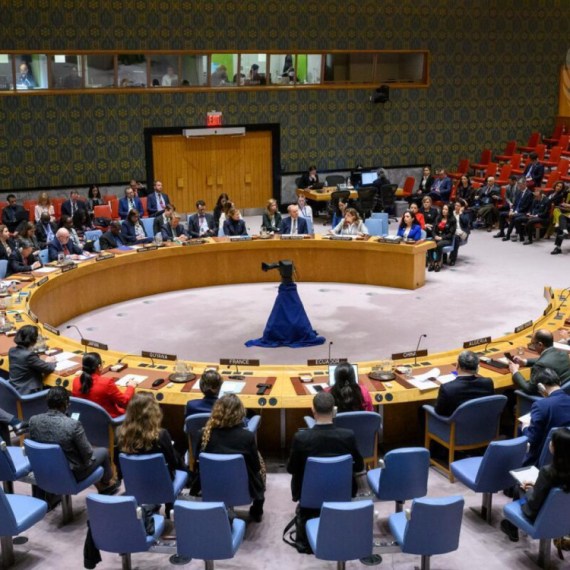

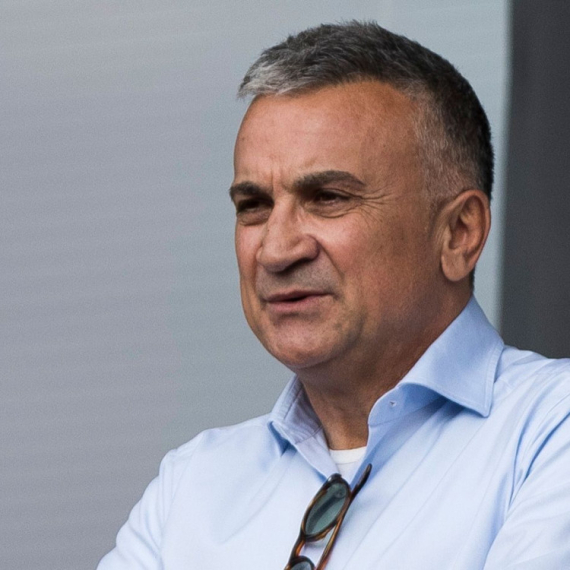
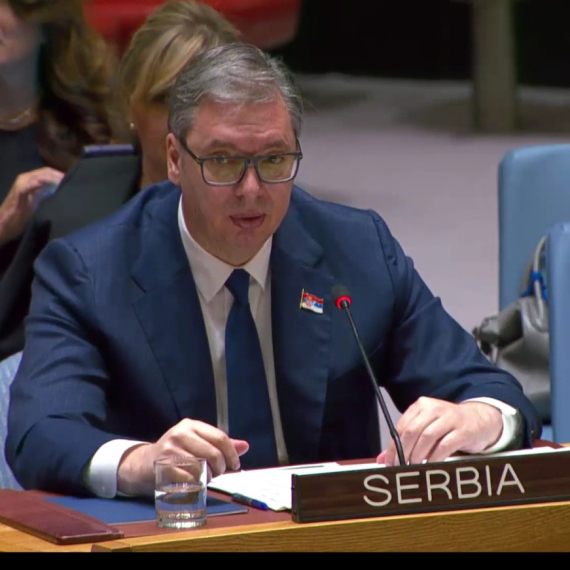





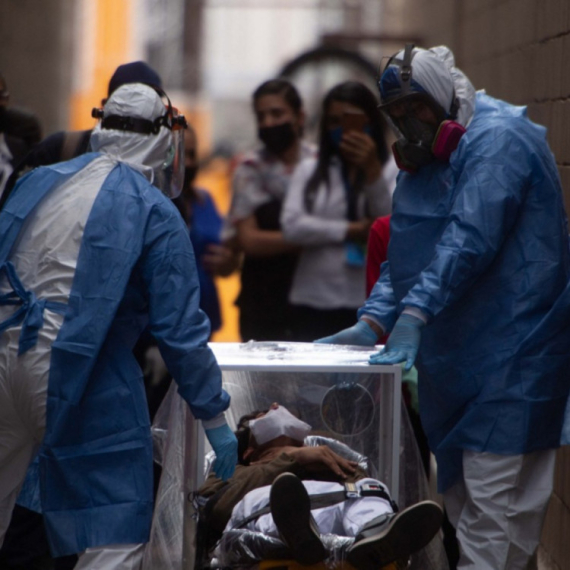
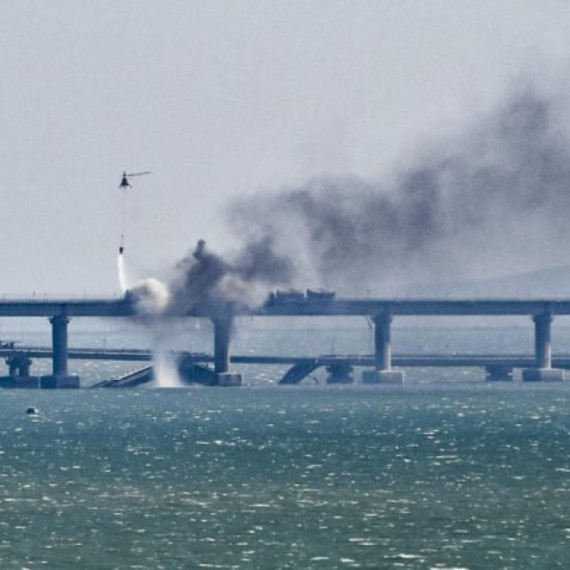











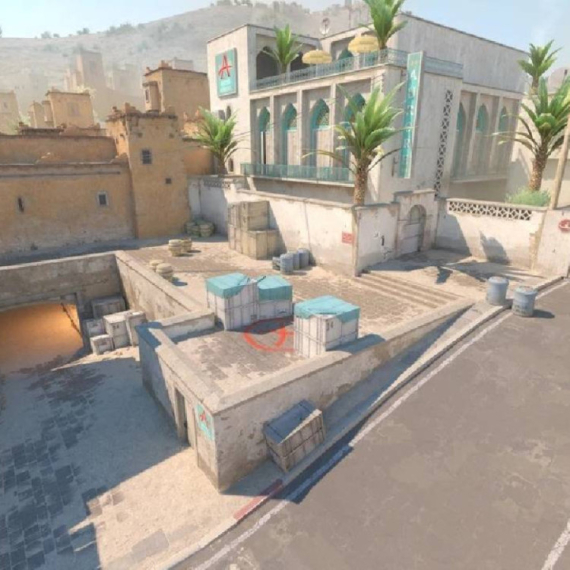





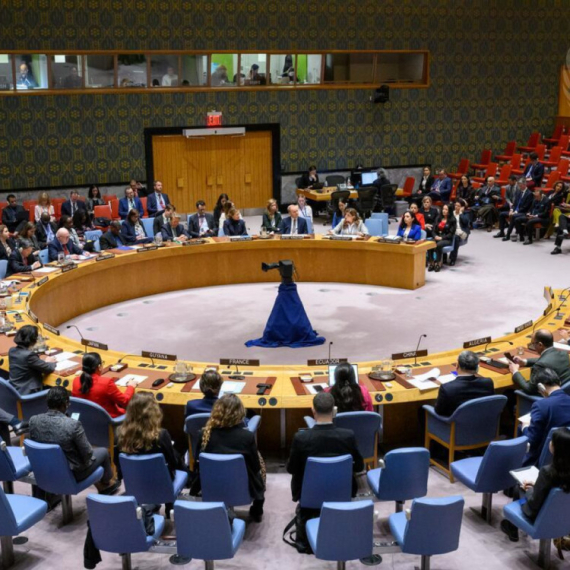
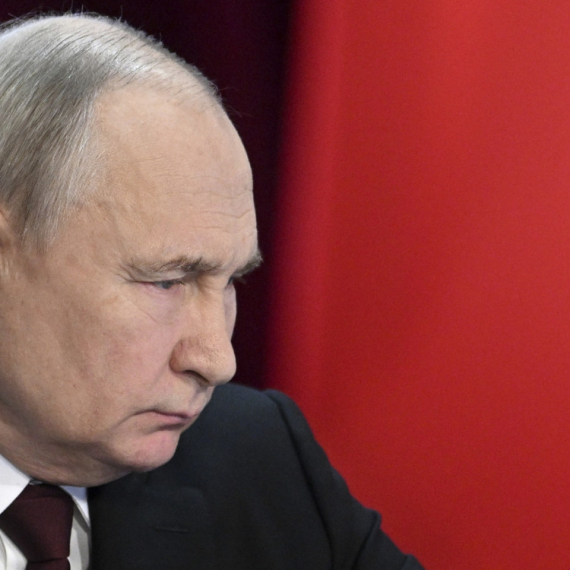

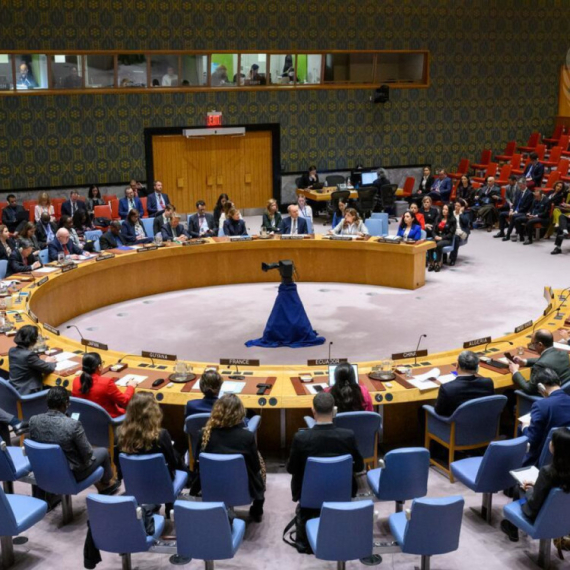

Komentari 0